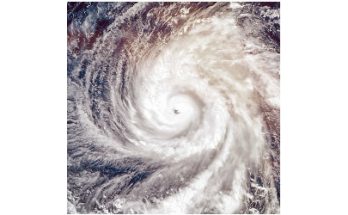“DeepMind AI accurately forecasts weather — on a desktop computer”
Nature, November 14, 2023
News
By Carissa Wong
“The machine-learning model takes less than a minute to predict future weather worldwide more precisely than other approaches.”
Artificial intelligence (AI) firm Google DeepMind has turned its hand to the intensive science of weather forecasting — and developed a machine-learning model that outperforms the best conventional tools, as well as other AI approaches, at the task.
The model, called GraphCast, can run on a desktop computer, and its predictions are more accurate than those of conventional models — and it makes them in minutes, rather than hours.
“GraphCast currently is leading the race amongst the AI models,” says computer scientist Aditya Grover, at the University of California, Los Angeles. The model was described1 in Science on 14 November.
Predicting the weather is a complex and energy-intensive task. The standard approach is called numerical weather prediction (NWP), which uses mathematical models based on physical principles. These tools, known as physical models, are run on supercomputers and crunch weather data from buoys, satellites and weather stations worldwide. The calculations accurately map how heat, air and water vapour move through the atmosphere, but they are expensive to run.
…
Rather than replacing conventional approaches entirely, machine-learning models, which are still experimental, could boost particular types of weather prediction that standard approaches aren’t good at, says Chantry — such as forecasting rainfall that will hit the ground within a few hours.
“And standard physical models are still needed to provide the estimates of global weather that are initially used to train machine-learning models,” says Chantry. “I anticipate it will be another two to five years before people can use forecasting from machine-learning approaches to make decisions in the real world,” he adds.
About the Author:
Carissa Wong covers biomedical sciences, biodiversity and the environment. She trained as a journalist at New Scientist before becoming a freelance science reporter. Her writing has appeared in New Scientist, Live Science and The Scientist. She holds a PhD in Cancer Immunology from Cardiff University.






